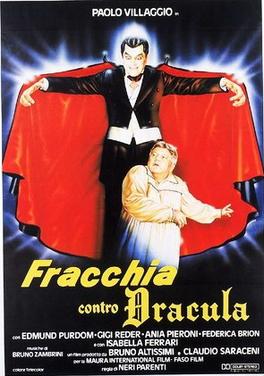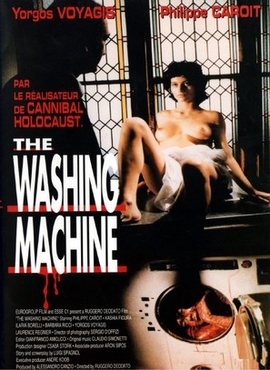
Mario Bava was an Italian filmmaker who worked variously as a director, cinematographer, special effects artist and screenwriter, frequently referred to as the "Master of Italian Horror" and the "Master of the Macabre". His low-budget genre films, known for their distinctive visual flair and stylish technical ingenuity, feature recurring themes and imagery concerning the conflict between illusion and reality, as well as the destructive capacity of human nature. He was a pioneer of Italian genre cinema, and is regarded as one of the most influential auteurs of the horror film genre.

Lamberto Bava is an Italian film director. Born in Rome, Bava began working as an assistant director for his director father Mario Bava. Lamberto co-directed the 1979 television film La Venere d'Ille with his father and in 1980 directed his first solo feature film Macabre.

Riccardo Freda was an Italian film director. He worked in a variety of genres, including sword-and-sandal, horror, giallo and spy films.

Umberto Lenzi was an Italian film director, screenwriter, and novelist.

Ruggero Deodato was an Italian film director, screenwriter, and actor.

Castle of Blood is a 1964 horror film directed by Antonio Margheriti and Sergio Corbucci. The film stars Barbara Steele, Arturo Dominici and Georges Rivière. The film was initially commissioned to director Sergio Corbucci, who had Gianni Grimaldi and Bruno Corbucci set to write the film. A scheduling conflict led to Corbucci's friend Margheriti being hired to complete the film. To avoid going over time, Corbucci was brought in to film one scene.

The Atlantis Interceptors is a 1983 Italian science fiction film directed by Ruggero Deodato and starring Christopher Connelly, Gioia Scola, Tony King, Michele Soavi and George Hilton.

Fernando Di Leo was an Italian film director and script writer. He made 17 films as a director and about 50 scripts from 1964 to 1985.

Body Count is a 1986 Italian slasher film directed by Ruggero Deodato. The film is about a group of vacationing teenagers who enter an abandoned camp site that was formerly an Indian burial ground. One by one, the kids begin to be killed off.
Sergio Salvati is an Italian cinematographer who was born in Trastevere, a working-class neighborhood of Rome, Italy. His father, Aldofo Salvati, was already a key grip in the early days of Italian cinema, and through his father's contacts Sergio began his career developing negatives in a small photographic laboratory in Rome, the SPES directed by Di Ettore Catalucci.

Live Like a Cop, Die Like a Man is a 1976 Italian poliziotteschi crime film, directed by Ruggero Deodato and starring Marc Porel and Ray Lovelock.

Fracchia contro Dracula is a 1985 Italian horror comedy film directed by Neri Parenti.

The Murder Clinic is a 1966 horror giallo film directed by Lionello De Felice and Elio Scardamaglia. It was produced by Elio Scardamaglia, Francesco Scardamaglia and Luciano Martino;. The screenplay was written by Martino and Ernesto Gastaldi from their own story. It stars William Berger, Françoise Prévost, Harriet White Medin, Mary Young and Barbara Wilson.

Terror in the Crypt is a 1964 Italian-Spanish horror film directed by Camillo Mastrocinque. The film is based on the 1872 novel Carmilla by Joseph Sheridan Le Fanu.

La bambola di Satana is a 1969 Italian gothic horror film written and directed by Ferruccio Casapinta.

Phenomenal and the Treasure of Tutankhamen is a 1968 Italian film directed by Ruggero Deodato. The film was produced by and starred Nicola Mauro Parenti as Fenomenal, a masked superhero who attempts to stop the theft of the mask of Tutankhamun from a museum in Paris.

Romeo and Juliet is a 1964 film directed and written by Riccardo Freda.

Le strelle nel fosso is a 1979 Italian film directed by Pupi Avati.

The Washing Machine is a 1993 giallo film directed by Ruggero Deodato, based on the play La Lavatrice by Luigi Spagnol.


















